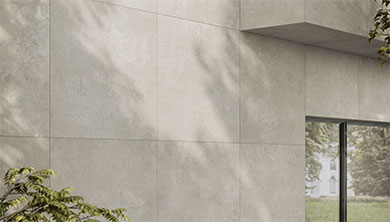We discussed the project with the studio PRINCIPIOATTIVO Architecture Group of Milan, led by Luca Bigliardi and Daniela Dafarra, which features numerous interventions on built heritage in its Reference Book. However, this time the building’s purpose makes all the difference.
The project carries an important social mission, rooted in a long history…
Cascina Monluè is an urban trigeneration project with a profoundly social spirit that we have envisioned, designed, realized, and overseen from its earliest stages. The initial goal was to revive the 13th-century farmhouse by restoring the community values of the Umiliati friars and creating a center of inclusion and participation—a place where culture, solidarity and sustainability converge to foster the well-being of the community. Through collaboration with associations, third-sector entities, and local organizations, the project provides spaces and services designed to meet the needs of diverse population groups, with particular attention to vulnerability and marginalization. Cascina Monluè has become the ‘courtyard of the common good,’ a place to find hospitality, opportunities, and a sense of belonging, fostering social cohesion and intergenerational dialogue.
Was working with the typology and historical architecture of Lombard settlements a constraint?
The farmhouse, arranged around a large central courtyard—currently still owned by the Municipality of Milan and therefore excluded from the redevelopment project—preserves the character of the historic structure and its evolution over the centuries, to which we have contributed by integrating modern solutions. Not a constraint, but an opportunity to rethink the spatiality that affirms its modernity. Internally, the spaces have been arranged to host a solidarity inn, multifunctional rooms for cultural and educational events, a family home, communities for minors and asylum seekers, and an inclusive guesthouse, alongside areas dedicated to associations and creative workshops. The layout was designed to create a balance between spaces for gathering, hospitality, and culture, establishing the farmhouse as a landmark for the local community and a symbol of inclusion and innovation.
A project carefully attentive to spatial solutions and construction choices, embodying contemporary principles…
The interventions preserved the original structures, reinforcing them with contemporary techniques. The choice of materials was guided by sustainability and respect for the existing fabric: dry elements such as drywall partitions and ceilings, floating floors, and exposed systems were selected. Particular attention was devoted to the interaction between the historic sections, restored and repurposed, and the volumes that were added and reconstructed, with cladding elements that engage with the context while maintaining a distinct technological identity, thereby highlighting the architectural evolution of this unique site. These interventions, combined with a restrained yet functional design, deliver to the community a building that bridges past and future, embodying the values of sustainability and inclusion.
All choices adhere to the most stringent energy-saving standards and involve the use of materials with low environmental impact. The project also considers the principles of universal accessibility, in accordance with European and national regulations, to ensure spaces are usable by a diverse range of users. These decisions reaffirm our studio’s belief in the potential to develop a model of sustainable and inclusive urban regeneration.
In which areas of Cascina have you installed Ragno products, and what motivated this choice?
The selection of Ragno surfaces within the project is based on two factors. Firstly, the meeting “Cascina Monluè la corte del bene comune Onlus” with the Marazzi Group, which led the company to embrace the project’s objectives, values, and needs, and to commit to investing and co-investing in its realization. Conversely, our studio aims to find Italian partners with whom to develop and share the values of both environmental and social sustainability.



















